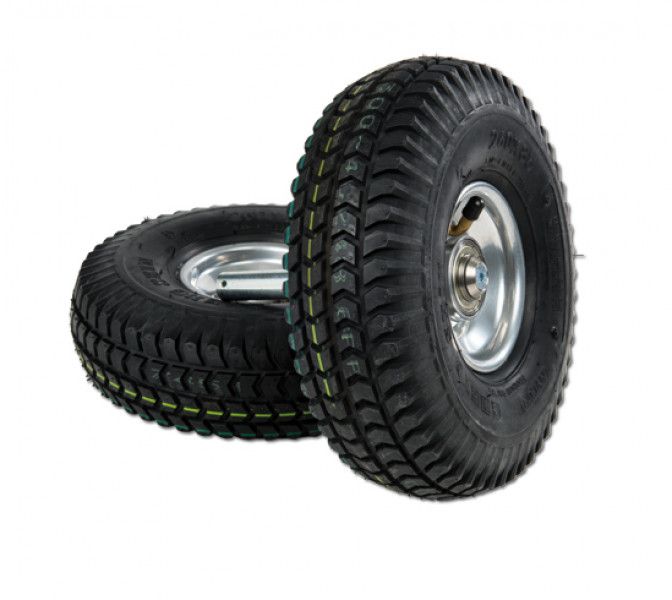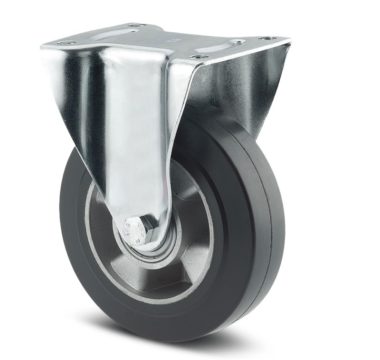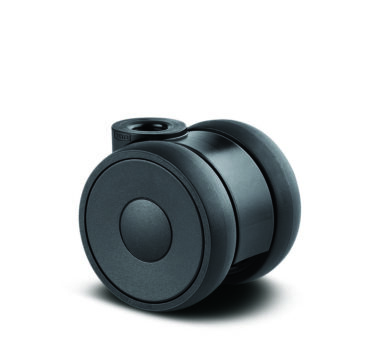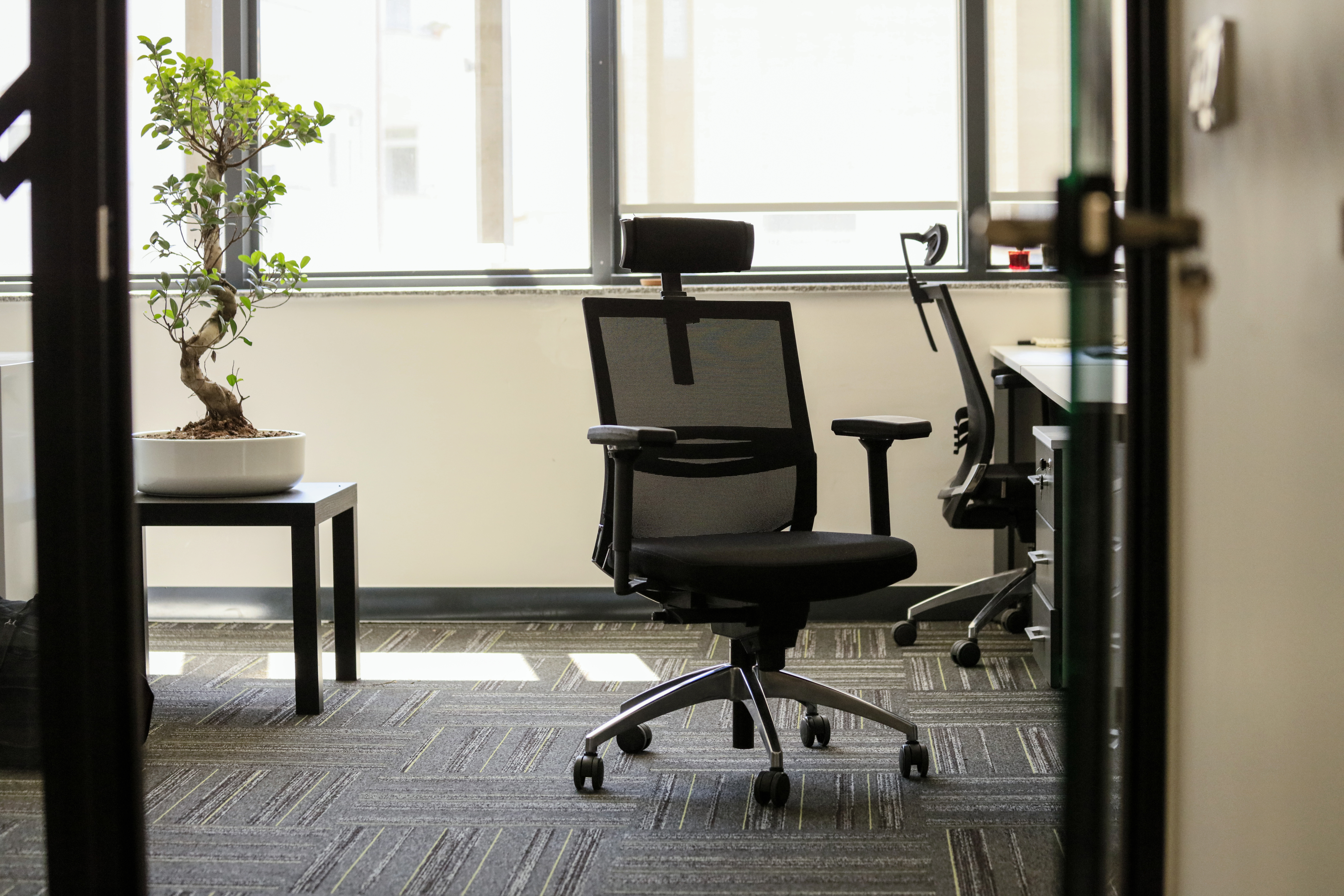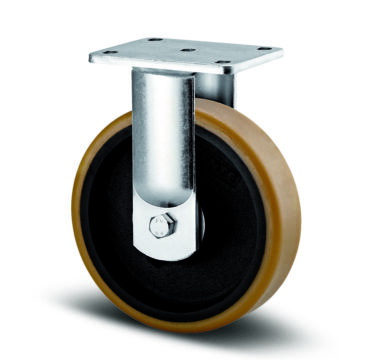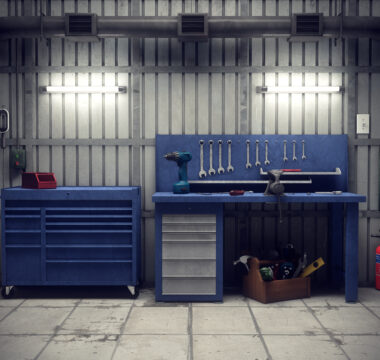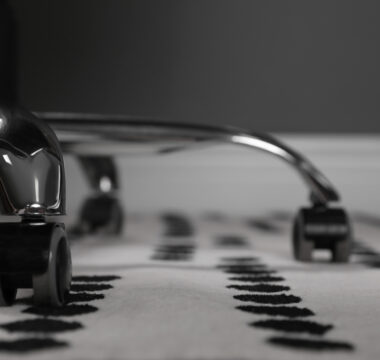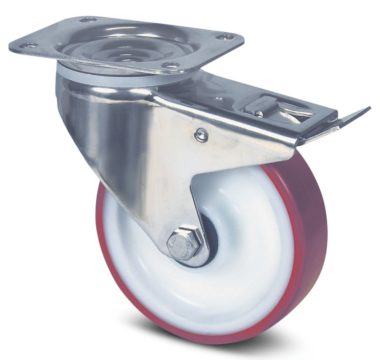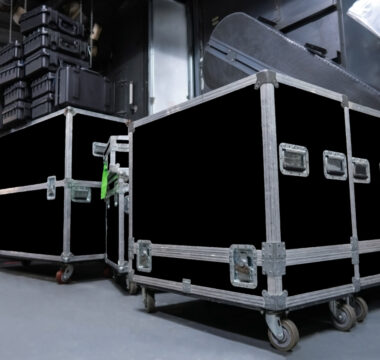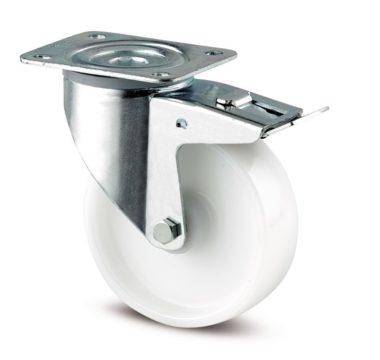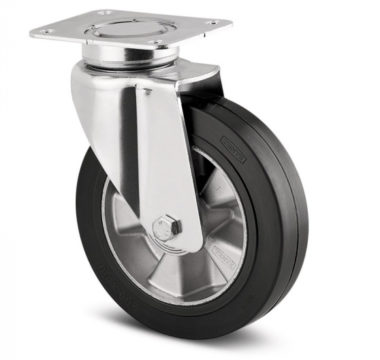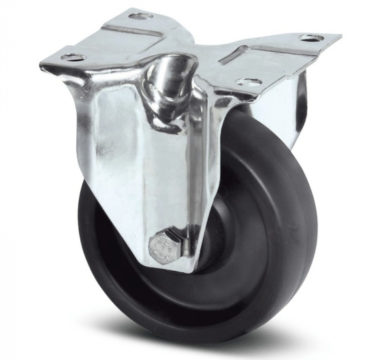What are pneumatic tyres, and how do they work?
When was the last time you thought about tyres? It’s not regularly something many of us consider, but it’s safe to say that they are important. Plus, there are many to choose from and having the correct tyres ensures tasks can be carried out much more easily. Moving something from A to B can be done in half the time and safety can be improved.
Put simply, having the correct tyres can boost efficiency, productivity and reduce downtime. One tyre which can have many benefits and can be used in many areas is the pneumatic tyre. If you’re wondering what exactly pneumatic tyres are and how they work, we’re going to delve deeper. You may discover they’re exactly what you’re looking for.
What are pneumatic tyres?
Pneumatic tyres are commonly used on devices such as bicycles and wheelbarrows. They’re ideal for both outdoors and indoors thanks to providing good protection on floorings.
There are two types of pneumatic tyres: solid and air.
Air-filled tyres do exactly what they say on the tin; they’re filled with air (like car tyres) and this type of tyre is recommended for outdoor use, although they can be used indoors too. Air tyres are great because the foundation of the air-filled tyre can handle hard terrains such as gravel.
Solid pneumatic tyres are made of solid rubber. As it’s 100% rubber, it is more expensive than its air-filled counterpart. Thanks to the design though, they are known to be ‘puncture-proof’ – but they lack when it comes to offering a smooth ride.
One of the main reasons to use pneumatic tyres is that they can handle a range of surfaces. Whether it be uneven roads, rocky surfaces or any other terrain. A pneumatic tyre has the ability to absorb what is underneath it. Making it a smoother ride, creating fewer bumps and minimising any shaking.
How do pneumatic tyres work?
Air-filled pneumatic tyres work by containing pressurised air within an air-tight core. Around this, it will usually have reinforcement from a steel belting or another tough material. You’ll need to ensure you have the right tyre pressure, and if this is correct, you will be rewarded with a much easier transition over a range of different terrains.
Thanks to solid tyres being just that – solid – they are a fantastic solution if you’re working in an area where screws, nails, or anything else which causes a puncture is present.
How do they work? Air pressure inside of the tyre is greater than atmospheric air pressure. This means the tyres can carry the load easily without going flat or losing pressure. Of course, to maintain the tyre’s standard it’s important to ensure the correct pressure is used and it’s topped up as and when is required.
The main benefits of pneumatic tyres
It’s not an every-day thought we have “what are the benefits or appropriate tyres?” but if you have the correct tyres it can make a huge difference. Pneumatic tyres bring with them a wealth of benefits – let’s take a look at what you can expect.
Shock absorption
Going over bumps can cause a shock to any load which is on wheels. Not having this can cause things to fall and become dislodged. If you’re required to transport expensive or precious cargo, these wheels are essential.
Good for concrete/roads/work yards
As well as tackling shock, pneumatic tyres are fantastic at adapting to uneven surfaces. They can work well on rocky terrain – a reason why they are a firm favourite for wheelbarrows, for example. And thanks to being resilient against punctures, no thorn or nail can stop them in their tracks.
Can reduce noise pollution
Due to the type of rubber and the shock resistance in place, they produce very little, if any noise. This can help to improve working conditions by lowering general volume levels.
Doesn’t damage the floor
As well as being perfect for outdoors, the softer rubber used on pneumatic tyres makes them especially good for indoor use too; they won’t damage the floor or cause any scratches.
Disadvantages of pneumatic tyres
More force is required
To – literally – get the wheels in motion, it takes a bit more force and power. So while they are great at helping in a range of industries, you will need a little strength behind the initial push to get moving. This can also cause difficulty turning, but with high-quality wheels, this should be easy to get to grips with.
Air pressure needs monitoring
Like anything which has a tyre, you will need to ensure the pressure is at the right level. You wouldn’t drive a car on a flat tyre, so avoid using anything which may look a little low on air. They’re easy to inflate, but be sure you know the correct level. Over inflating can be just as dangerous as using a tyre with too little air.
From gardening equipment such as wheelbarrows to forklifts and even wheelchairs and hospital beds – pneumatic tyres lend themselves to many different industries, proving to be a vital, essential and versatile tyre capable of tackling a range of surfaces.




